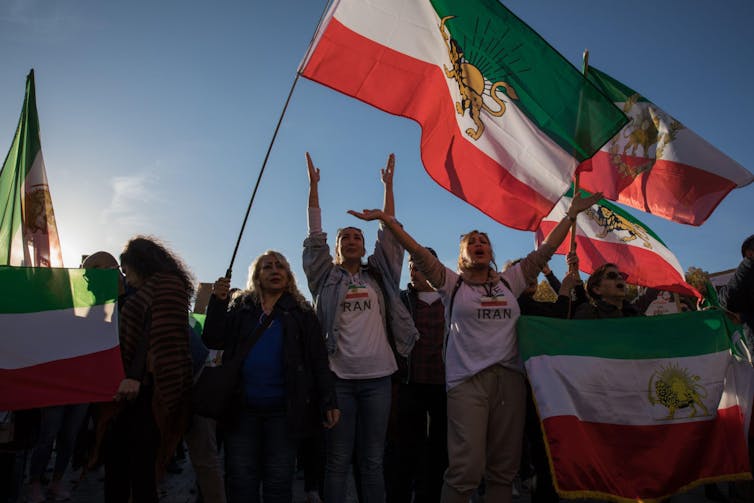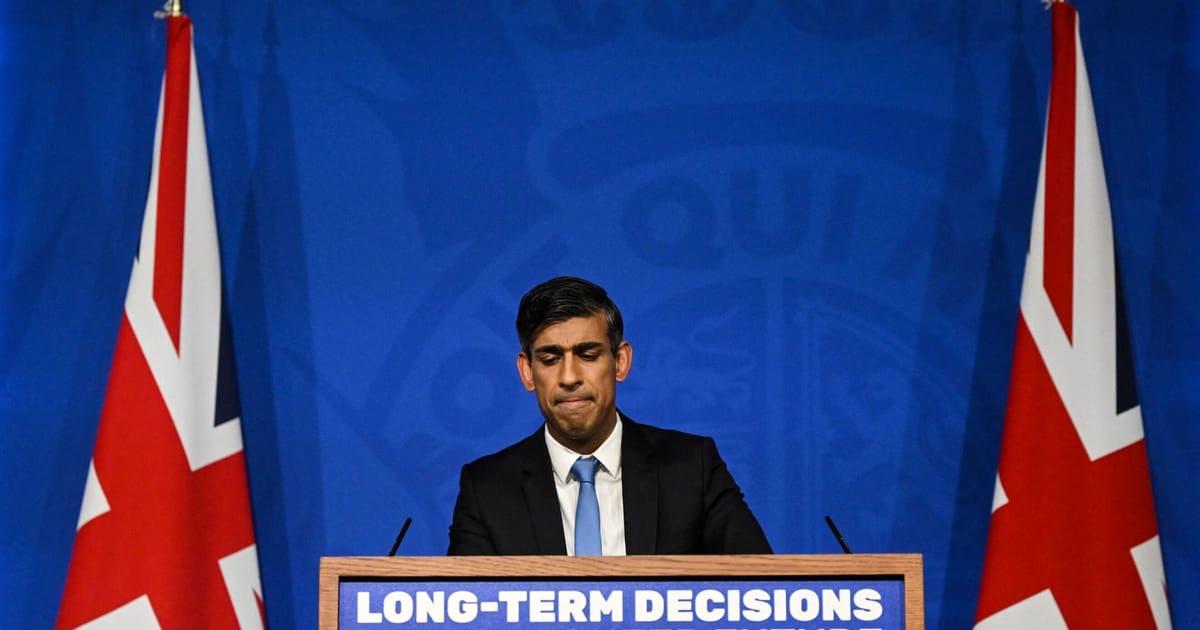Iran’s rulers continue to enforce tight public controls as the anniversary of the death of Mahsa Amini in the custody of the “morality police” approaches.
Amini died after being arrested for allegedly breaching hijab rules. The news of her death prompted nationwide protests, jolting the foundations of the Islamic Republic of Iran.
Ahead of the expected protests on the anniversary of her death
on September 16, the regime continues to attempt to control social media and heighten surveillance.
But the desire for change has not waned among many.
How protests took hold
The state’s reaction to the Women, Life, Freedom protests that broke out in reaction to Amini’s death has been predictably draconian. Sources suggest hundreds have been killed, a staggering nearly 30,000 detained , and a spate of executions have been carried out.
Just as troubling are the tales emerging from the shadows, stories of detainees facing unspeakable horrors, from torture to rape.
Although the ruling elite’s ongoing struggle to enforce the compulsory hijab appears futile, the regime is showing no signs of conceding.
Zuma/Alamy
The mandatory hijab, an issue for the past four decades, continues to be extremely contentious. Despite the dangers, numerous women, in acts of quiet defiance, choose to reject this enforced code daily. Their courage is met with intensified street patrols, hostile confrontations and looming new lawsthat threaten even stricter penalties.
In Iran and beyond, arrests of singers and dancers show how music can be a powerful tool of resistance
There seems to be an underlying fear within the governing circles that relinquishing control over something as ostensibly trivial as women’s hair might set a precedent, leading to a more significant loss of control in other areas of governance and social life.
Sources suggest that in an effort to sustain an aura of omnipotence, the regime is willing to do whatever it takes to maintain its grip on every aspect of life in Iran. The governing philosophy that would seem to lean more towards instilling fear rather than winning the hearts and minds of the people.
In the face of mounting economic challenges and the fact that one third of the population is living in extreme poverty, the Iranian people’s resilience, honed by years of resistance and a relentless yearning for change, this perpetual battle resembles a drawn-out war of attrition between the state and the people.
But there is a deep-seated protest movement in Iran, anchored in years of civil disobedience, symbolic actions, resistance art and immense sacrifice. There’s clearly still an appetite for change.
However, the path to change is fraught with obstacles. The opposition, despite its passion, is fragmented, lacking leadership to pull together collective efforts. There are few well organised opposition parties outside the country.
Over the past six months, there have been significant disputes about whether Iran should reinstate a constitutional monarchy or continue with a republican system. Instead of focusing on the common enemy, they disagree over what should replace the current rulers.
This absence of a cohesive front makes garnering substantial international support challenging, especially when the regime leans on authoritarian allies such as Russia to enhance its surveillance and repressive capacities. It would appear the regime is equipped and willing to employ every available means to mute the populace, amplifying the risks and costs associated with dissent.
Where did it all start?
From its beginnings in 1979, the Islamic Republic of Iran’s unaccountable and overzealous plans to reshape and redefine Iranian society have been opposed by many. The decades that followed saw an increasing chasm between the people and the regressive clerical establishment.
Misuse of power, corruption, catastrophic economic policies and the unabashed use of violence have methodically whittled away the revolutionary “allure” of the regime.
Over the years, Iran has been no stranger to protests. But while the student protests of 1999 and the Green movement of 2009 were significant chapters in Iranian history, the post-2018 period witnessed a tectonic shift.
Protests are no longer confined to urban centres – they’re nationwide, audacious and challenge the very core of the Islamic Republic’s ideology. The Women, Life, Freedom movement, with its lasting impact and international spotlight, stands as a testament to this change.
In recent months, cafes and restaurant have closed and businesses have been accused of flouting the state’s stringent policies. Universities aren’t spared either.
An unsettling purge is under way, with university professors being replaced by regime loyalists, while campuses including Tehran University have become heavily surveilled zones. Add to this economic conditions that are so bad it is pushing people to suicide, and societal tensions reach a boiling point.
Over the recent months leading up to the anniversary, momentum has been building. Several high-profile opposition figures have urged the public to seize this opportunity and once again take to the streets to defy the regime.
This atmosphere of simmering unrest hasn’t escaped the regime’s notice. An Amnesty International report offers a glimpse into the state’s systematic harassment of families mourning their lost loved ones. Among those arrested was Mahsa Amini’s uncle. Covering an extensive ten provinces, Amnesty’s research details human rights violations against numerous victim’s families, showing the extent of the government’s oppressive reach prior to the anniversary of Mahsa’s death.
One of the significant achievements of last year’s uprising was the shattering of pervasive fear among the people. Despite the sombre atmosphere, violent crackdowns and execution of young protesters, the Women, Life, Freedom movement has fostered a collective courage to defy the regime.
In anticipation of the anniversary, both sides have been bracing themselves. People are gearing up for a potential resurgence of protests, while the state is preparing to suppress any sign of dissent.
Many hope the political stalemate will not last indefinitely. While the move towards democracy may span years, the desperate desire for change must, surely, shift the prevailing order.




